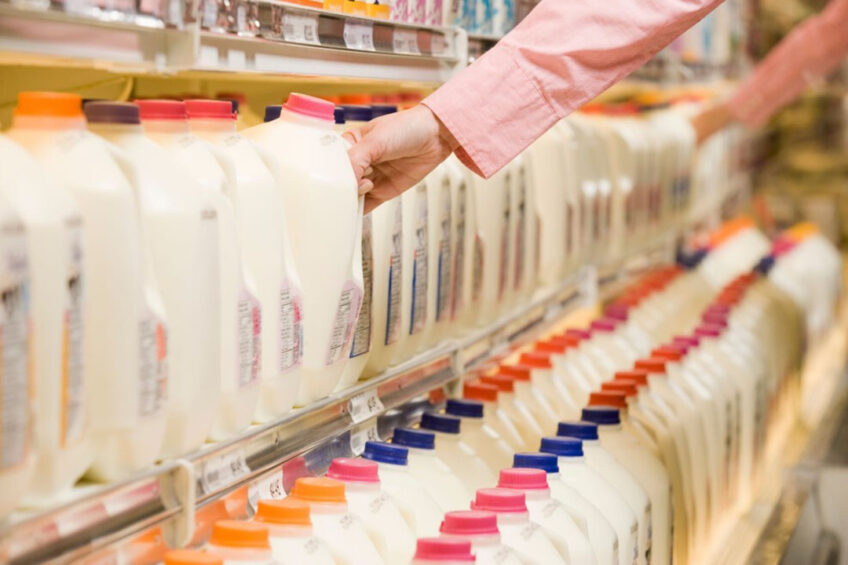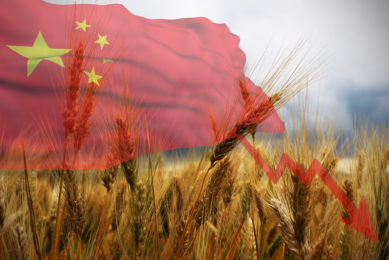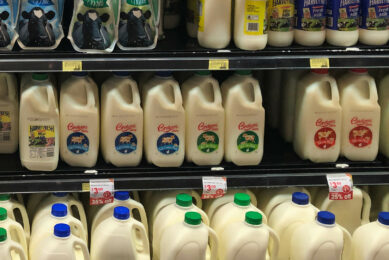Ukrainian refugees boost sales in the Polish dairy market

In 2022, milk consumption was on the rise in Poland, primarily due to millions of Ukrainian refugees, but the present situation in some segments is still far from ideal, according to the Polish Dairy Group.
Jarosław Malczewski, president of the Polish Dairy Group, told the local publication Oceny Rolniczych that some stabilisation of raw milk supplies had been observed in the markets of Germany, France and Poland. The production in the second half of the year in Poland is likely to exceed the figures for the same period of 2021.
This means Poland will likely have seen its share of the European dairy market had grown in 2022. “If December does not bring significant changes to the production dynamics, milk production in the EU will decline by about 0.4% compared to 2021,” Malczewski said, adding that milk production in Poland and some neighbouring countries, for example the Czech Republic, is significantly higher compared to last year. “This strengthens Poland’s position on the [EU] market.”
War refugees drive demand for budget products
In general, 2 key consumer trends are currently seen on the Polish market. The first, Malczewski said, is ‘trading down behaviour’, as food inflation forces many customers to abandon products they are accustomed to and switch to cheaper alternatives. Malczewski added that there was an apparent rise in demand in the budget segment of the Polish dairy market, which is undoubtedly attributed to ‘customers with Ukrainian passports’.
“The presence of 2 million war refugees is driving milk consumption [in Poland] up. However, this primarily involves basic food products,” he said, adding that this factor has only a limited impact on the premium, non-GMO or organic segments.
The organic segment is in trouble
In general, there are signs that the segment of organic dairy products is going through hard times in Poland, Malczewski said.
He cited a recent report by EMB, an organisation uniting 100,000 milk producers throughout the European Union, which raised concerns about a surge in production costs in the organic milk segment. “These data do not inspire optimism because the production costs exceed the revenue on sales,” he said.
Overseas competitors also face difficulties
Malczewski also said that rising costs, including those for fertilisers, fuel and higher interest rates, hamper dairy production in New Zealand. In the first 10 months of 2022, the country’s dairy industry saw a 3.6% decline in production performance. These dynamics will play an important role in the global dairy market in 2023 because New Zealand is one of the world’s leading milk exporters, he added.










